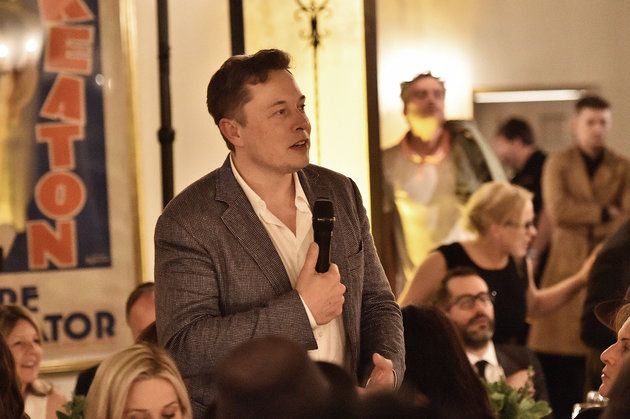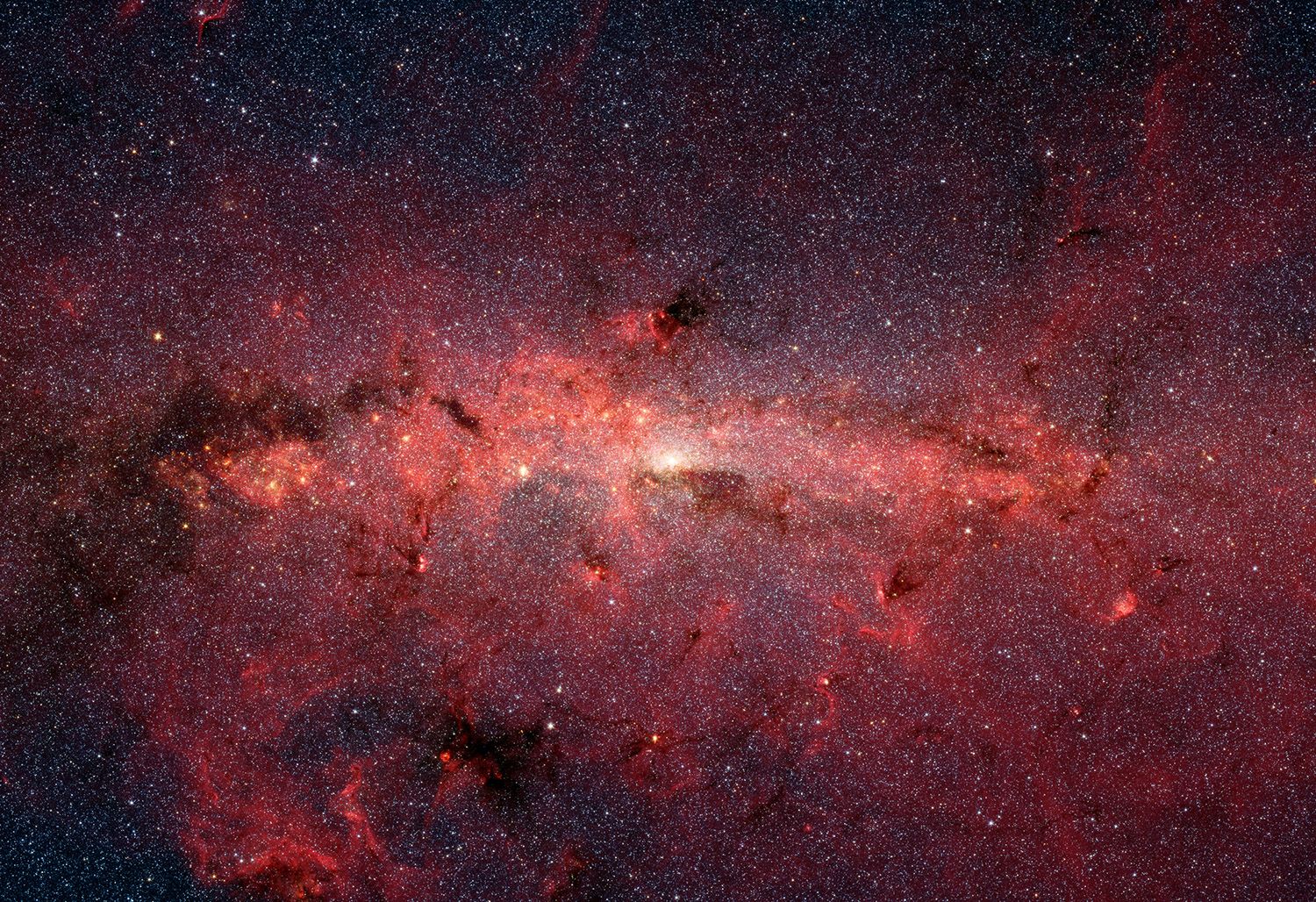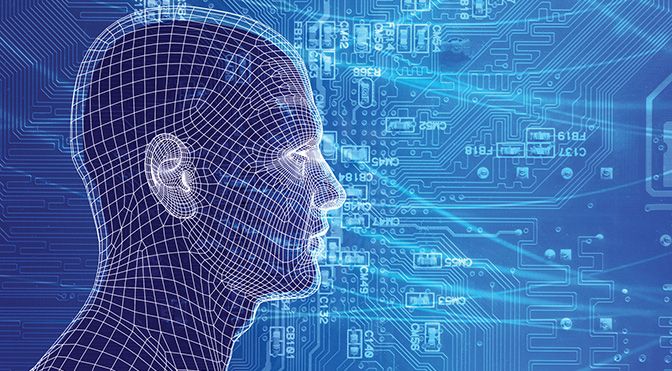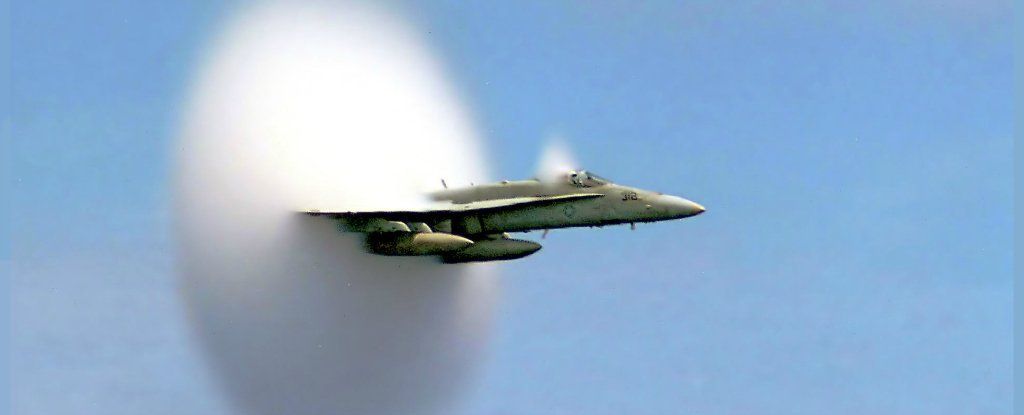Page 10824
Mar 2, 2016
Astronomers estimate 100 billion habitable Earth-like planets in the Milky Way, 50 sextillion in the universe
Posted by Shailesh Prasad in categories: alien life, mathematics
Astronomers at the University of Auckland claim that there are actually around 100 billion habitable, Earth-like planets in the Milky Way — significantly more than the previous estimate of around 17 billion. There are roughly 500 billion galaxies in the universe, meaning there is somewhere in the region of 50,000,000,000,000,000,000,000 (5×10 22 ) habitable planets. I’ll leave you to do the math on whether one of those 50 sextillion planets has the right conditions for nurturing alien life or not.
The previous figure of 17 billion Earth-like planets in the Milky Way came from the Harvard-Smithsonian Center for Astrophysics in January, which analyzed data from the Kepler space observatory. Kepler essentially measures the dimming (apparent magnitude) of stars as planets transit in front of them — the more a star dims, the larger the planet. Through repeated observations we can work out the planet’s orbital period, from which we can usually derive the orbital distance and surface temperature. According to Phil Yock from the University of Auckland, Kepler’s technique generally finds “Earth-sized planets that are quite close to parent stars,” and are therefore “generally hotter than Earth [and not habitable].”
The University of Auckland’s technique, called gravitational microlensing, instead measures the number of Earth-size planets that orbit at twice the Sun-Earth distance. This results in a list of planets that are generally cooler than Earth — but by interpolating between this new list, and Kepler’s list, the Kiwi astronomers hope to generate a more accurate list of habitable, Earth-like planets. “We anticipate a number in the order of 100 billion,” says Yock.
Mar 2, 2016
The Store With No Employees: Sweden Opens The First Unstaffed Store
Posted by Shailesh Prasad in categories: food, robotics/AI
Driven by a need for convenience, an IT specialist from Sweden just opened the country’s first unstaffed store, which uses an app for access and scanning technology to make purchases.
After dropping what turned out to be his last jar of baby food on the floor, Robert Ilijason, who was then home alone with his son, had no choice but to make a drive to find a supermarket that was open and buy a new one.
This was no easy task, as shops close early in many rural areas, leaving individuals with nowhere to go to get any last minute necessities late at night.
Continue reading “The Store With No Employees: Sweden Opens The First Unstaffed Store” »
Mar 2, 2016
Electromagnetic theories of consciousness
Posted by Shailesh Prasad in category: neuroscience
The electromagnetic theories of consciousness propose that consciousness can be understood as an electromagnetic phenomenon.
Mar 2, 2016
Human consciousness is simply a state of matter, like a solid or liquid – but quantum
Posted by Shailesh Prasad in categories: neuroscience, quantum physics
Thanks to the work of a small group neuroscientists and theoretical physicists over the last few years, we may finally have found a way of analyzing the mysterious, metaphysical realm of consciousness in a scientific manner. The latest breakthrough in this new field, published by Max Tegmark of MIT, postulates that consciousness is actually a state of matter. “Just as there are many types of liquids, there are many types of consciousness,” he says. With this new model, Tegmark says that consciousness can be described in terms of quantum mechanics and information theory, allowing us to scientifically tackle murky topics such as self awareness, and why we perceive the world in classical three-dimensional terms, rather than the infinite number of objective realities offered up by the many-worlds interpretation of quantum mechanics.
Consciousness has always been a tricky topic to broach scientifically. After all, science deals specifically with effects that can be observed and described mathematically, and consciousness has heretofore successfully evaded all such efforts. In most serious scientific circles, merely mentioning consciousness might result in the rescinding of your credentials and immediate exile to the land of quacks and occultists. (Read: How to create a mind, or die trying.)
Mar 2, 2016
Never Say Die – SELF/LESS from Science-Fiction to –Fact
Posted by Shailesh Prasad in categories: biotech/medical, cyborgs, ethics, health, life extension, neuroscience, robotics/AI, transhumanism
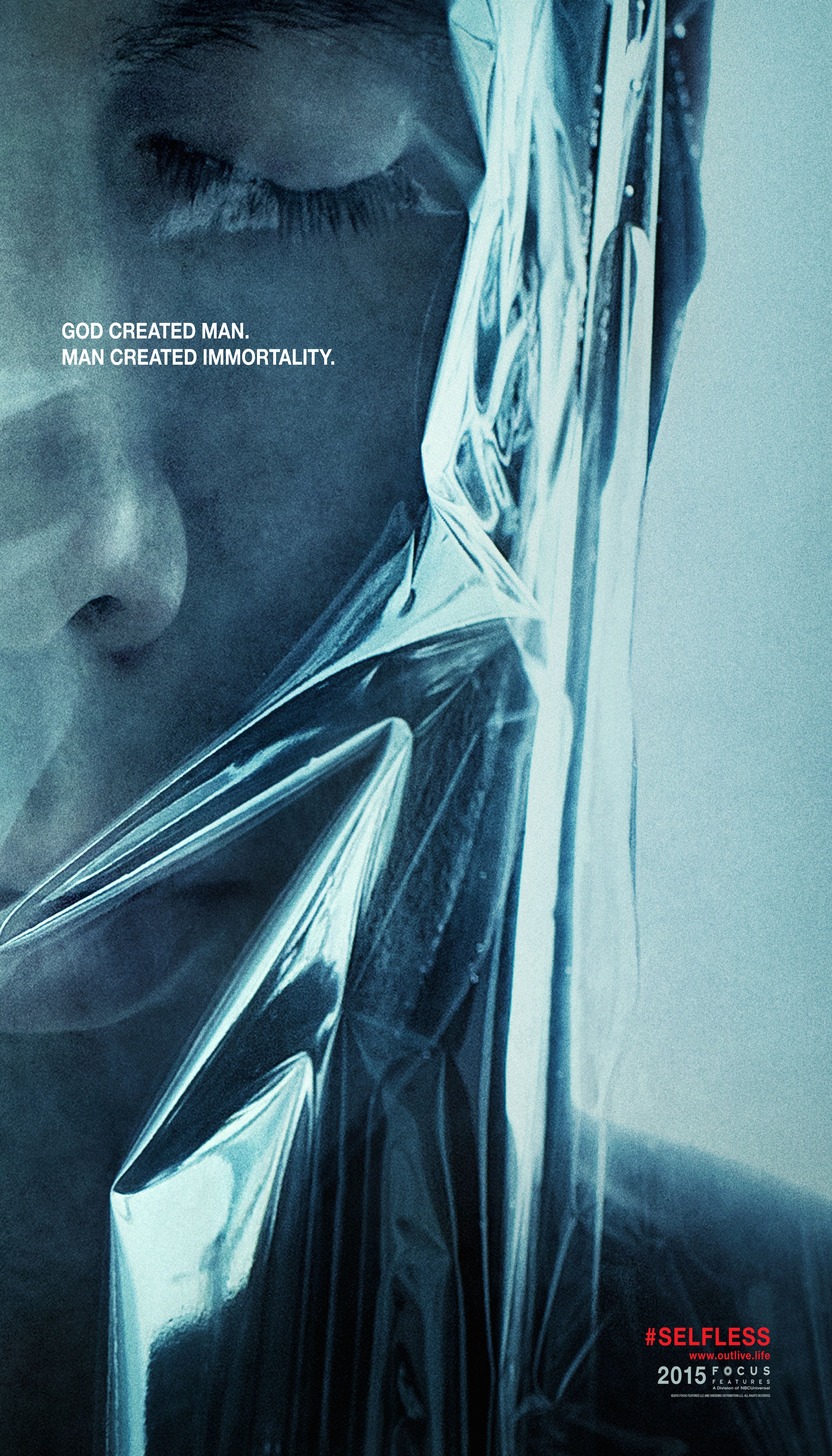
In SELF/LESS, a dying old man (Academy Award winner Ben Kingsley) transfers his consciousness to the body of a healthy young man (Ryan Reynolds). If you’re into immortality, that’s pretty good product packaging, no?
But this thought-provoking psychological thriller also raises fundamental and felicitous ethical questions about extending life beyond its natural boundaries. Postulating the moral and ethical issues that surround mortality have long been defining characteristics of many notable stories within the sci-fi genre. In fact, the Mary Shelley’s age-old novel, Frankenstein, while having little to no direct plot overlaps [with SELF/LESS], it is considered by many to be among the first examples of the science fiction genre.
Continue reading “Never Say Die – SELF/LESS from Science-Fiction to -Fact” »
Mar 2, 2016
Australia’s Water Curtain Stop Signs Are A Great Idea
Posted by Shailesh Prasad in category: transportation
Sydney has been having a big problem with oversized trucks driving into tunnels that are too low. So Sydney needed a stop sign that is absolutely impossible to miss. Here it is and it’s amazing.
It’s a curtain of water with a stop sign projected onto it. You can have as many overhead stop signs as you want, but as this 10 News video report shows, truck drivers still crash their trucks into these low-overhead tunnels. Sydney was tired of the delays, the costs of the damages, and the threat that a truck crash would get someone killed.
That’s why in 2007 they put in this water curtain sign on its harbor tunnel, designed by light show company Laservision. They work brilliantly.
Continue reading “Australia’s Water Curtain Stop Signs Are A Great Idea” »
Mar 2, 2016
NASA’s designing a passenger jet that’ll break the sound barrier WITHOUT the boom
Posted by Shailesh Prasad in categories: engineering, transportation
NASA has commissioned engineers to design a new kind of jet that can travel faster than the speed of sound, but without the telltale sonic boom. Instead, the aircraft will produce a soft thump as it breaks the sound barrier, which the researchers are adorably calling a “supersonic heartbeat”.
It’s hoped that the new jet could eventually fill the commercial gap left by the retirement of the Concorde — which travelled at twice the speed of sound (Mach 2) and could get passengers from London to New York in just 3.5 hours — but without all the noise complaints.
From an engineering point of view, we’ve long had the ability to travel at supersonic speeds — which is generally anything over 1,234 km/h — but when we do, it triggers a sound explosion that can travel thousands of metres in a jet’s wake, rattling houses and cars as it goes. As you can imagine, not exactly ideal for heavily trafficked flight paths.
Mar 2, 2016
Former Fermilab Physicist Aims To Build A ‘Star Trek’-Style Antimatter Engine
Posted by Klaus Baldauf in category: space travel
https://lifeboat.com/blog.images/former-fermilab-physicist-a…engine.jpg
description is 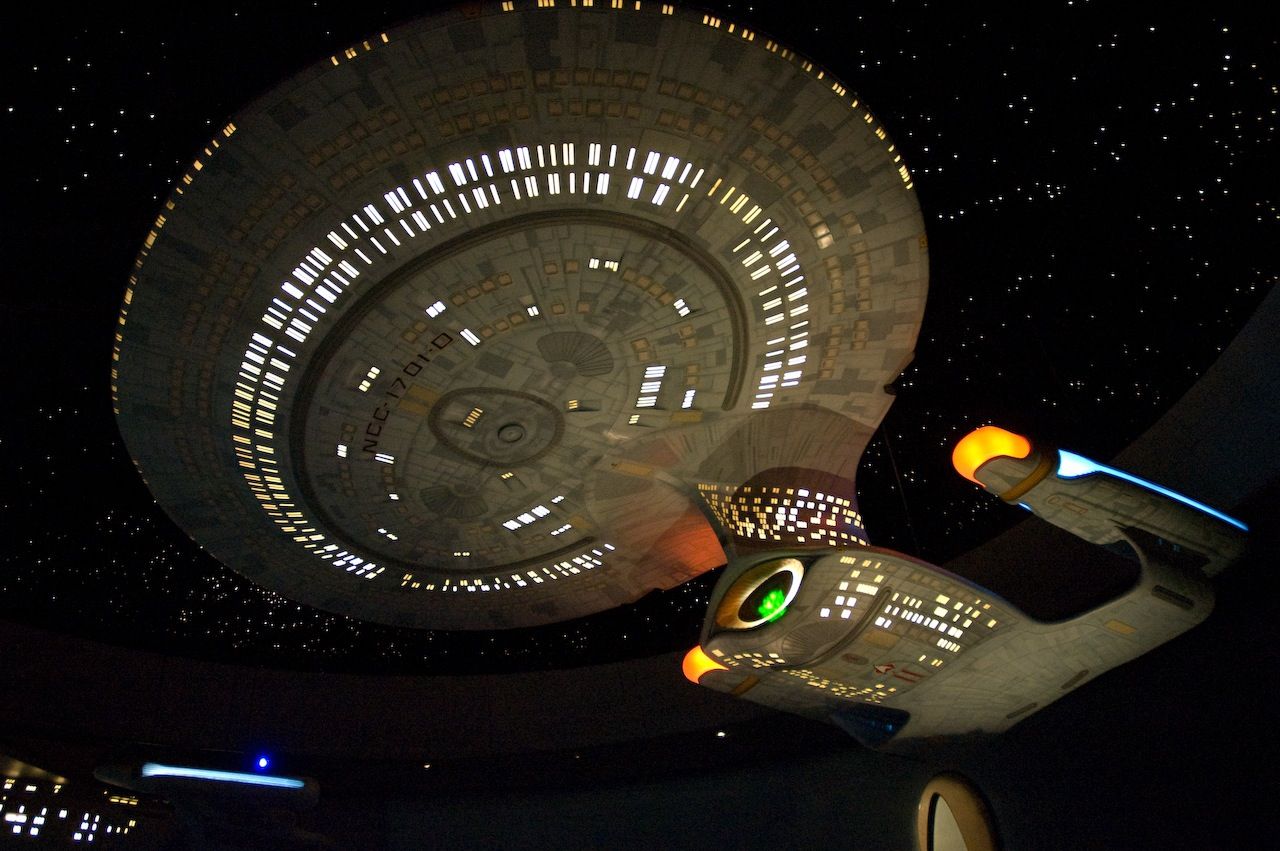
Gerald Jackson and his partner are starting a Kickstarter to raise funds.
